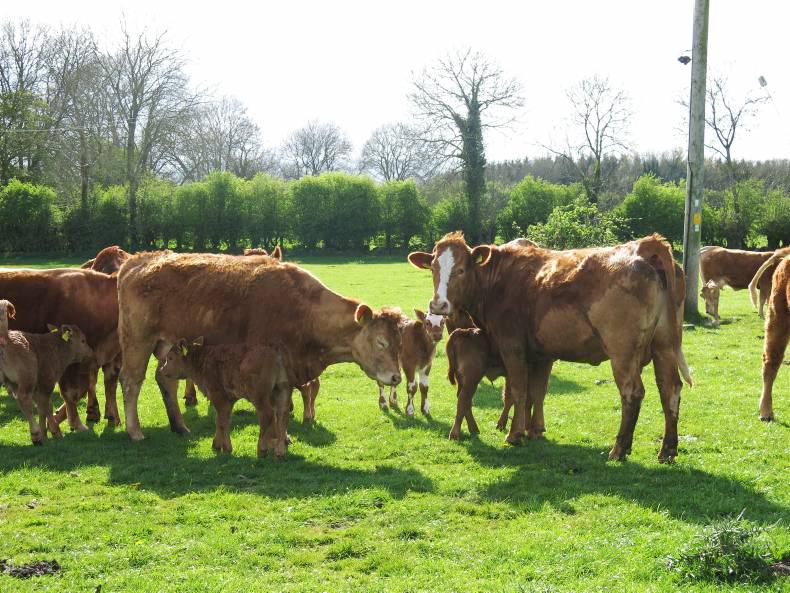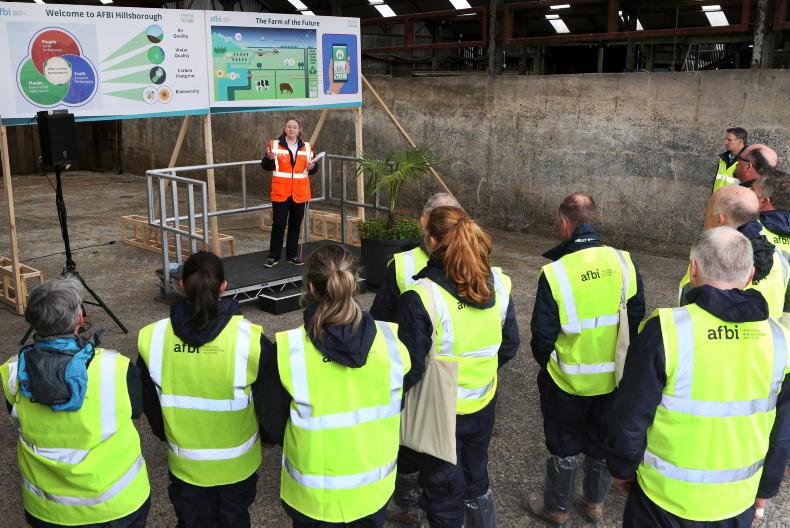Geography
Different parts of the country have different soil levels of trace elements. In a trial in 2000, Rogers and Murphy found huge variations in grass levels of copper, selenium and iodine. The lowest grass copper they found was 1.6mg/kg DM and the highest was 23.7mg/kg DM. This is a phenomenal contrast. Your veterinary practitioner will be very conscious of the relevant local soil deficiencies excesses in your area and geological maps are also available to view online, which show the relative soil concentrations of copper, iodine, selenium and molybdenum.
Diet
Knowledge of the diet is very important in assessing trace element status. This is especially true for copper because of the interactions between copper, molybdenum, sulphur and iron. If, for example, a silage mineral analysis is undertaken, a fairly accurate prediction can be made as to the likely hood of copper deficiency being a problem, by analysing the ratios between these elements.
Other dietary factors would be knowing that some diets are known to be very low in some elements, eg hay is very low in selenium, so some supplementation may be required for cows on a high hay diet.
If silage analysis is available, a calculation can be made as to whether the dietary daily trace element supply is adequate.
Animal
The main animal factors are the stage of the production cycle that the animal is at, and the age of the animal. The two most important periods in the production cycle are the dry period and early lactation. If cattle are being fed concentrates, then a ‘‘false’’ reading may be obtained. The age of the animal makes a difference in that the dietary requirements of a growing animal are different from a fully grown animal.
As a general rule, ‘‘marker’’ animals not being fed any concentrates should be sampled. These animals should be fed homegrown forage only, thus they maximise the chances of getting farm specific trace element status. It is advisable to do this every few years.
Between 10 and 12 bloods should be collected from the relevant group of animals. Green top bottles are needed for selenium analysis and red tops for copper and iodine. Not all laboratories offer all of these services. Again, your own vet will be aware of where these tests are available. Where there is a serious question mark about copper status, then liver biopsy is the best test.
Bulk milk mineral analysis is also available, but I wouldn’t recommend it. It may have a role in the future but, at the moment, it doesn’t have enough accreditation from the trace element experts in the world.
One of the problems with it is that it is assessing mineral levels in mid-lactation in most cows, whereas the important times for assessment are the dry period and early lactation.
Noting, the response to supplementation is another way of trace element status on farm. For example, if you notice that your cows improve dramatically after administration of copper boluses, then it is fair to assume that there are issues with copper on your farm.
*Donal Murphy is a partner in Sliabh Luachra Veterinary Centre, Rathmore, Co Kerry, which is a member practice of XLVets. XLVets is a group of progressive practices who work together to achieve a better future for agriculture and veterinary in Ireland. Visit www.xlvets.ie for more information. This article was originally published in April 2012.
Read more from our trace elements three-part series this weekend.










SHARING OPTIONS